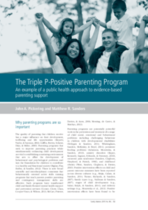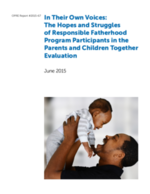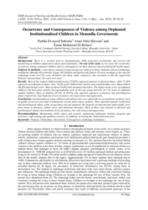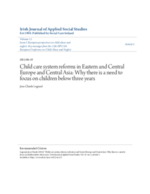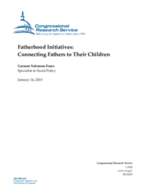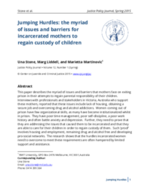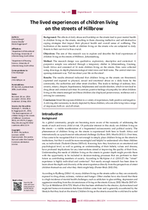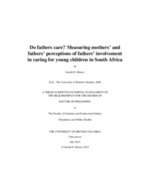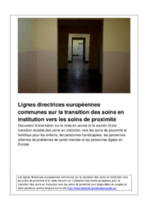The Triple P-Positive Parenting Program An example of a public health approach to evidence-based parenting support
This article provides an overview of the Triple P Parenting Program in Australia. The article presents the evidence supporting the Triple P Program and describes how a public health approach to parenting support works.

